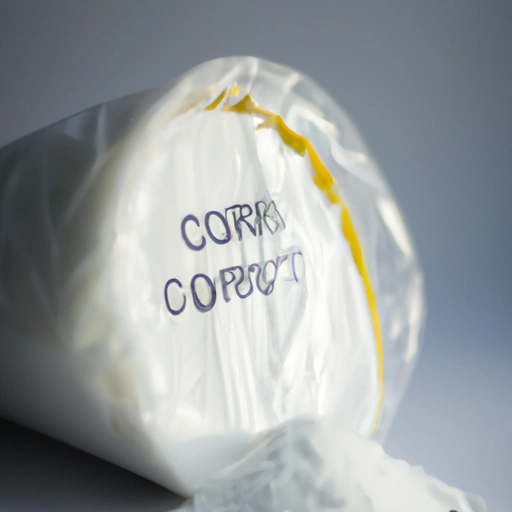Cornstarch
Description

Cornstarch, also known as cornflour in some regions, is a powdery substance derived from the endosperm of the corn kernel. Renowned for its thickening properties, cornstarch is a gluten-free alternative to wheat flour, making it a popular ingredient in diverse culinary traditions. It is virtually flavorless and thus does not alter the taste of food. Cornstarch is often measured in tablespoons (Tbsp) or teaspoons (tsp) in American recipes, while European and Asian recipes may use grams (g) or milliliters (ml).
Common uses
Cornstarch is frequently employed as a thickening agent in sauces, gravies, soups, and stews. It is also used as an anti-caking agent in powdered sugar and as a tenderizing component in certain baking recipes. Additionally, it can serve as a coating for fried foods to achieve a light, crispy texture.
Nutritional value
Calories
Per 100 grams, cornstarch contains approximately 381 calories (1596 kJ).
Protein
It offers a minimal amount of protein, with about 0.26 grams per 100 grams.
Fat
Cornstarch is low in fat, containing less than 0.05 grams per 100 grams.
Carbohydrates
It is high in carbohydrates, with about 91 grams per 100 grams, primarily in the form of starch.
Vitamins
Cornstarch contains trace amounts of vitamins, mostly from the B-vitamin complex.
Minerals
It provides small amounts of minerals such as potassium and sodium.
Health benefits
While not a significant source of nutrients, cornstarch can be a gluten-free alternative for those with gluten-related disorders. Its high starch content can provide quick energy, and it can be easier to digest for some individuals compared to flour-based thickeners.
Potential risks
As a refined product, cornstarch is mostly composed of carbohydrates and lacks dietary fiber. Overconsumption can lead to weight gain and may affect blood sugar levels, making it unsuitable for diabetics in large amounts. Additionally, it could contribute to a higher risk of heart disease if integrated excessively into a diet low in nutrients and high in processed foods.
Common recipes
Cornstarch is used in recipes such as stir-fries, custards, puddings, and pie fillings. It's also a primary ingredient in cornstarch-based powders and confections.
Cooking methods
When used in cooking, cornstarch is typically mixed with a cold liquid to form a slurry before being added to hot preparations to avoid clumping. It's also used in baking and frying as a coating or thickener.
Pairing with other ingredients
Cornstarch pairs well with both sweet and savory ingredients, enhancing the texture of dishes without impacting their flavor profiles.
Summary
Cornstarch is a versatile ingredient that plays an essential role in thickening and texturing a variety of dishes. Despite its limited nutritional benefits, it is a valuable component in the kitchen, especially for those requiring gluten-free options. When used responsibly, cornstarch can contribute to delightful culinary creations, from smooth sauces to delicate pastries.